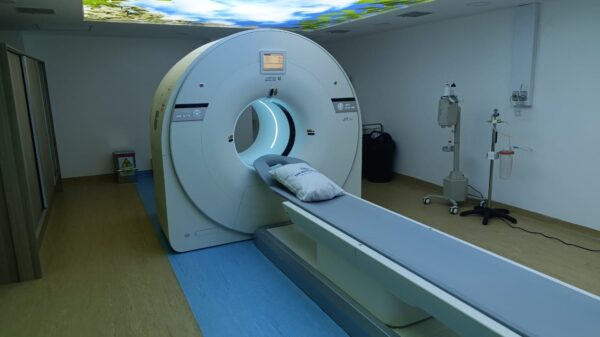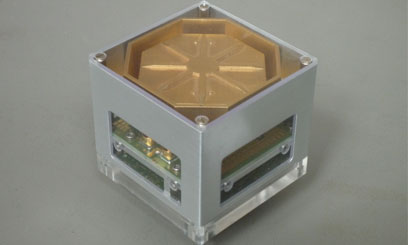Alcatel-Lucent’s lightRadio technology, officially released in February last year, is set to replace the bulky, expensive and energy inefficient base stations operated by mobile companies in Kenya.
The lightRadio technology could be a game-changer for mobile operators in Africa as they incur substantial costs in setting up and maintaining cell towers. Operators often grapple with adverse weather conditions, unreliable power supply, theft and high cost of fuel.
LightRadio promises to bolster mobile service providers operations by improving capacity, coverage and performance just when they are needed most, at less than half the cost of conventional base stations. Alcatel’s own research shows lightRadio reduces energy consumption of mobile networks by up to 50 percent.
Daniel Jaeger, Alcatel-Lucent’s Vice-President for Africa says several mobile service providers have expressed interest in the lightRadio technology.
Jaeger adds Alcatel-Lucent has been working with four of the biggest telecommunications company in Europe, Asia and Middle East to deploy lightRadio. These include Orange Telecom, Etisalat, Telefonica and China Mobile – which is the biggest mobile operator by subscribers in the world.
“We have embarked in a co-creation program with the telecom players to push forward the realization of the vision of the next generation mobile access network on lightRadio,” explains Jaeger.
Developed by Bell Labs, the new technology works by creating a new architecture where the base station, typically located at the base of each cell tower, is broken into its component elements and distributed through the network or ‘carrier cloud’.
Additionally the various cell towers antennas are combined and shrunk into a single powerful multi frequency, multi standard (2G, 3G, LTE) device that can be mounted on poles, sides of building or anywhere else there is power and a broadband connection.
“LightRadio uses IP microwave which really helps because many parts in Africa have not been reached by the fibre cable,” says Jaeger. “This technology will help in our vision – and the (Kenya’s) government of bringing connectivity to the masses.”
The government is holding discussions with several stakeholders, including Alcatel-lucent, on rolling out an LTE network which is faster and more dynamic than the current 3G network used by some operators.
It is expected operators will pass the cost savings to the end users as a result of cheaper and more efficient technology, enabling more people in Africa to access services and information through mobile broadband.



































